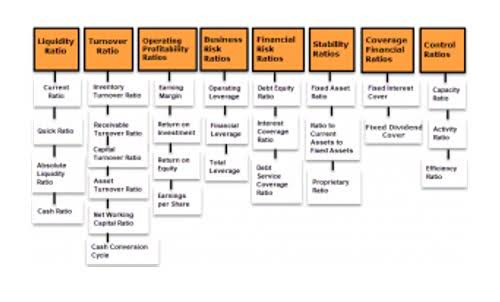
While not legally required, a chart of accounts is considered necessary by businesses of all types and sizes. It helps categorize all transactions so that they can be referenced quickly and easily. Many organizations structure their COAs so that expense information is separately compiled by department. Thus, the sales department, engineering department, and accounting department all have the same set of expense accounts. Examples of expense accounts include the cost of goods sold (COGS), depreciation expense, utility expense, and wages expense. For example, a well-designed chart of accounts makes it easy for bookkeepers and accountants to figure out which financial transactions should be recorded into which general ledger account.

Align with accounting standards
It articulates how much owners have invested, and on the balance sheet is divided by common shares, preferred shares, and retained earnings. Access the previously referenced link to alist of representative solutions for small and medium businesses. Accounting software will provide a spectrum of capabilities and functionality, designed for a better view of fixed assets and liabilities.
How the chart of accounts became a standard practice?
Assets are resources your business owns that can be converted into cash and therefore have a monetary value. Examples of assets include your accounts receivable, loan receivables and physical assets like vehicles, property, and equipment. A business transaction will fall into one of these categories, providing an easily understood breakdown of all financial transactions conducted during a specific accounting period. An easy way to explain this is to translate it into personal finance terms. When you log into your bank, typically you’ll get a dashboard that lists the different accounts you have—checking, savings, a credit card—and the balances in each. QuickBooks Online automatically sets up a chart of accounts for you based on your business entity with the option to customise it as needed.
Cost of Goods Sold (COGS) is the additional expenses needed tosuccessfully deliver a product or service
Here’s a deeper look at the mechanics of a COA and how it supports everyday accounting practices. Over time, just by looking at the folders and your expense categories, you would understand where most of your money is coming from and going to. It makes sure that there’s a place for every financial detail, which helps in creating reports, preparing taxes, and making decisions about the future of the business.

What is the approximate value of your cash savings and other investments?
- The COA also includes accounts for online payment systems to monitor digital transactions.
- The expenses can be tied back to specific products or revenue-generating activities of the business.
- Separating gains and losses allows businesses to analyze the impact of these non-operating activities separately from core business operations.
- Under each main category, create subcategories to further detail the transactions.
- Small businesses use the COA to organize all the intricate details of their company finances into an accessible format.
Equity is listed alongside liabilities, representing the shareholders’ stake in the company’s assets. The total equity amount reflects the company’s net worth or book value, which is the value of the assets minus the liabilities. The Chart of Accounts is sample of chart of accounts one of those unknown parts of your accounting software we don’t even think about. In this ultimate guide, not only do we explore examples of a common chart of accounts but also we discuss best practices on how to properly set up your chart of accounts.


A COA is a list of the account names a company uses to label transactions and keep tabs on its finances. You use a COA to organize transactions into groups, which in turn helps you track money coming in and out of the company. To wrap it up, the COA is crucial for businesses to handle their money matters. It helps organize financial information into different categories, like what the company owns, what it owes, and where it gets money from. Knowing the basics of the COA, businesses can better understand their finances and make smarter decisions. These standards provide guidelines for financial reporting, including the structure of the COA.
- Accounting software frequently includes sample charts of accounts for various types of businesses.
- It also providesexternal parties with a snapshot view of an organization’s fiscal health for prudentinvestment, purchase, or approval of credit.
- Keeping an updated COA on hand will provide a good overview of your business’s financial health in a sharable format you can send to potential investors and shareholders.
- Chart of accounts (COA) is a financial tool that acts like an index for a business’s financial transactions.
- These can include cash, inventory, equipment, buildings, and investments.
- Plus, keeping an eye on different expense types helps the company control its costs and ensure money is spent where it matters most.
- As time goes by, you may find yourself wanting to create a new line item for each transaction.
However, a profit and loss (P&L) statement overviews revenues and expenses. A chart of accounts is an important organizational tool in the form of a list of all the names of the accounts a company has included in its general ledger. This list will usually also include a short description of each account and a unique identification code number. They represent what’s left of the business after you subtract all your company’s liabilities from its assets. They basically measure how valuable the company is to its owner or shareholders.
What does COA stand for?
It is most often used to assess enterprise health and is a determinator of business loan eligibility. These are divided on a positive/negativescale- assets include bank accounts, realestate, prepaid expenses, and accounts receivables. Liabilities include obligations such as accounts payable, loans, credit card debt, and other due outbound expenses.



